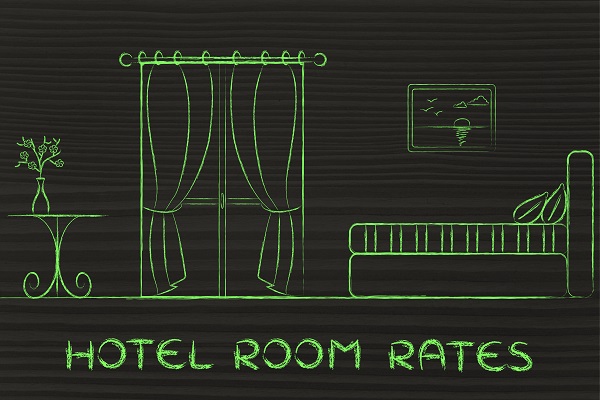How to combat speedy staff turnover
Low employment rates have companies vying for talent across industries, and it’s a job seeker’s market.
The hospitality industry has always faced considerable challenges when it comes to employee engagement and retention, which are only amplified by this.
Many factors contribute to hotel labour issues including a hotel property’s proximity to metropolitan areas and the nature of surrounding businesses that may or may not be competing for employees.
According to a recent report, staffing is the number one challenge for hotels, with respondents citing the number of applicants at all-time low, a lack of response to job offers, and that employees quit for any reason without hesitation.
A key factor in all of this is attracting the right people – and having the best technological resources to keep them.
As hoteliers look for innovative ways to keep their existing hospitality staff and be competitive in recruiting new employees, they should begin with taking the pulse of their front line teams to assess, and improve, their internal communication strategy.
The #1 pain point revealed in hotel employee satisfaction surveys
Annual anonymous employee engagement surveys are common practice for most hotels, and are done towards the end of the year. What’s the primary pain point that emerges from these employee satisfaction surveys? Gaps and issues with internal communication.
Workforce feedback analysis and next steps
Rolling out an operational communication platform can serve as your strategy to address any communication challenges revealed via the survey. It’s also a virtual thank you gift that acknowledges your hotel staff’s feedback, and cultivates assurance that more changes are coming.
This is what The Watergate Hotel did to boost their online travel site scores. After implementing a mobile solution, the hotel saw guest service scores improve dramatically. A mobile communication app assists The Watergate Hotel with providing exceptional guest experiences by connecting hotel departments in real time for more personalised service and to better anticipate guest needs.
As a key part of the solution, announce survey results via the platform, and take the pulse of your hotel workforce more consistently throughout the year.
Announcing the results in this way creates transparency with your employees and helps establish trust, which is not always easily accomplished between leadership and front line employees.
In general, being transparent about their challenge makes employees feel heard and understood. If a hotel captures quarterly feedback related to a topic that scored low, it helps provide better visibility for leadership to make a change. On the other hand, it can also validate that employees have in fact felt an improvement. By the time you get to your next annual engagement survey, you are much more likely to improve results in this approach. This is why pulse surveys are increasing popularity amongst hoteliers.
Use mobile technology to conduct stay interviews
When an employee leaves, an exit interview is often the last step in the off-boarding process. An exit interview is designed to gather information from the team member who is leaving about their overall work experience. According to the Work Institute 2018 Retention Report, approximately three in four employees who quit could have been retained by employers.
Instead of relying on the exit interview as the sole source of feedback at the point of departure (when it’s too late) hoteliers should consider implementing a stay interview process into their communication strategy.
Using a determined timeline, such as every three months or at the half-year mark, schedule stay interviews.
Though you should start with your star players (the talent that would most impact the business if they left) it’s important to do so with those who seem disengaged as well. Craft questions that cover a range of topics relevant to their role and to their experience working at the hotel overall, including:
- The effectiveness of any existing employee engagement programs
- Concerns specific to their job in addition to areas that are going well
- Anything that would make the job better, such as educational opportunities, internal advancement, or changes to the work environment. 21% of people that quit do so because of the lack of career development opportunities.
Front line hotel employees are not often made aware of career development opportunities in the first place. Ensuring that opportunities are communicated to everyone is thus crucial. Not only does it show that you value growth from within, but if you retain as little as one employee by making your current team aware of an internal opportunity, it saves you about $4,100, the cost of losing one employee.
In a competitive market, it’s employers who think about these small details that have a higher likelihood of retaining more employees. Asking employees what they like about the company while they are still there is an essential proactive step towards improving employee retention for your hotel teams.
Connie Rheams, vice president of hospitality at Beekeeper, is a global business executive with a career marked by consulting hotel companies to align business priorities and information technology investment. Areas of expertise include helping hotel companies embrace new trends in technologies and strategies to drive customer loyalty, increase revenues, and define and deliver a better/unique guest experience.






